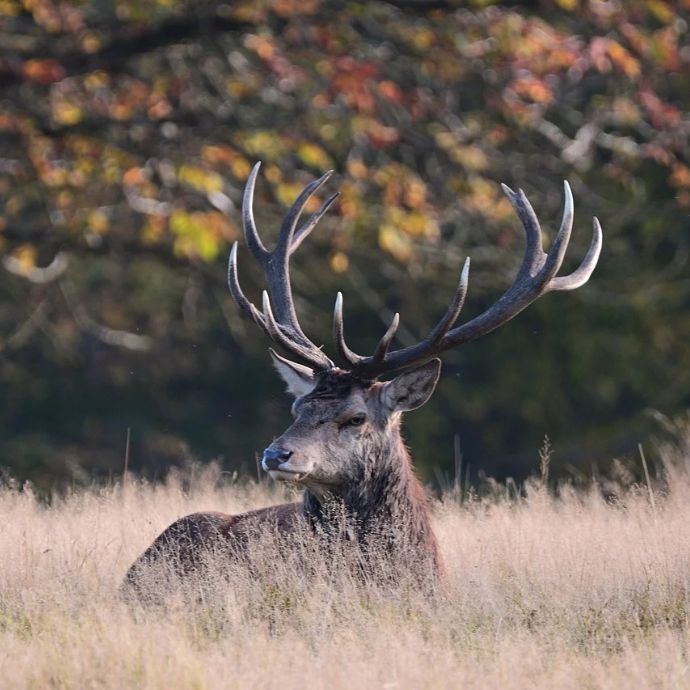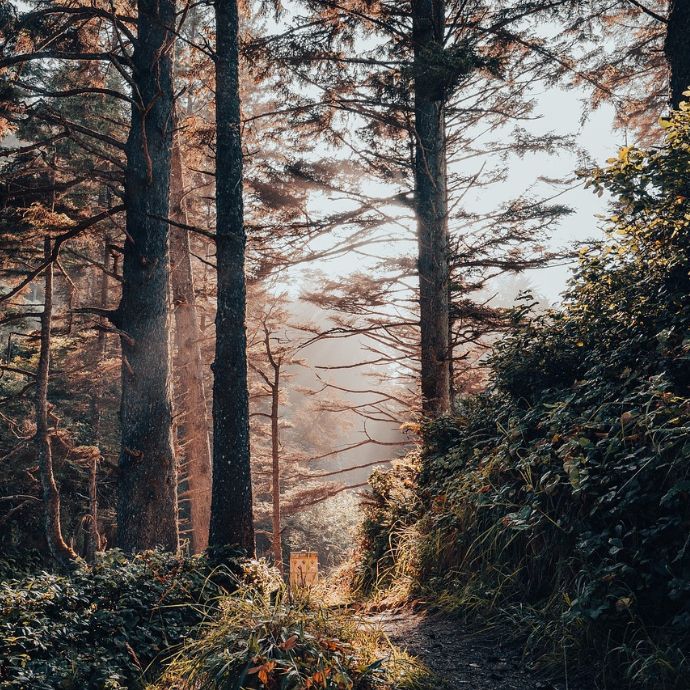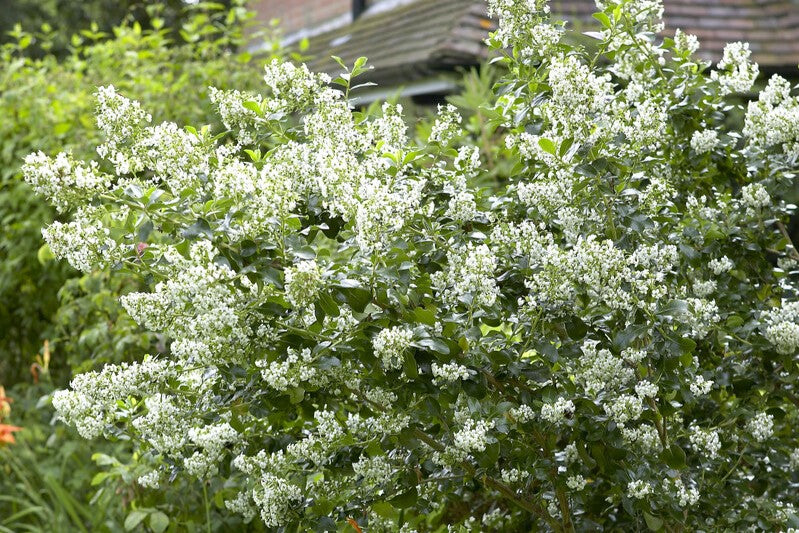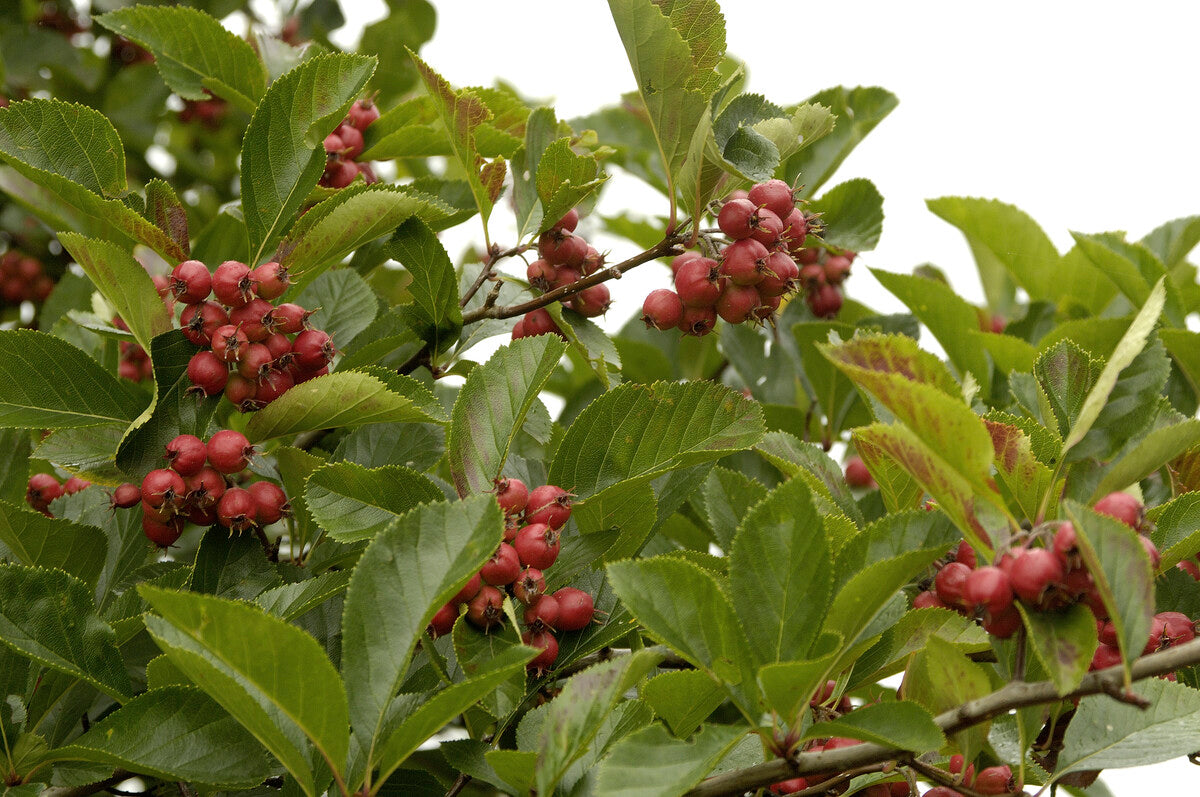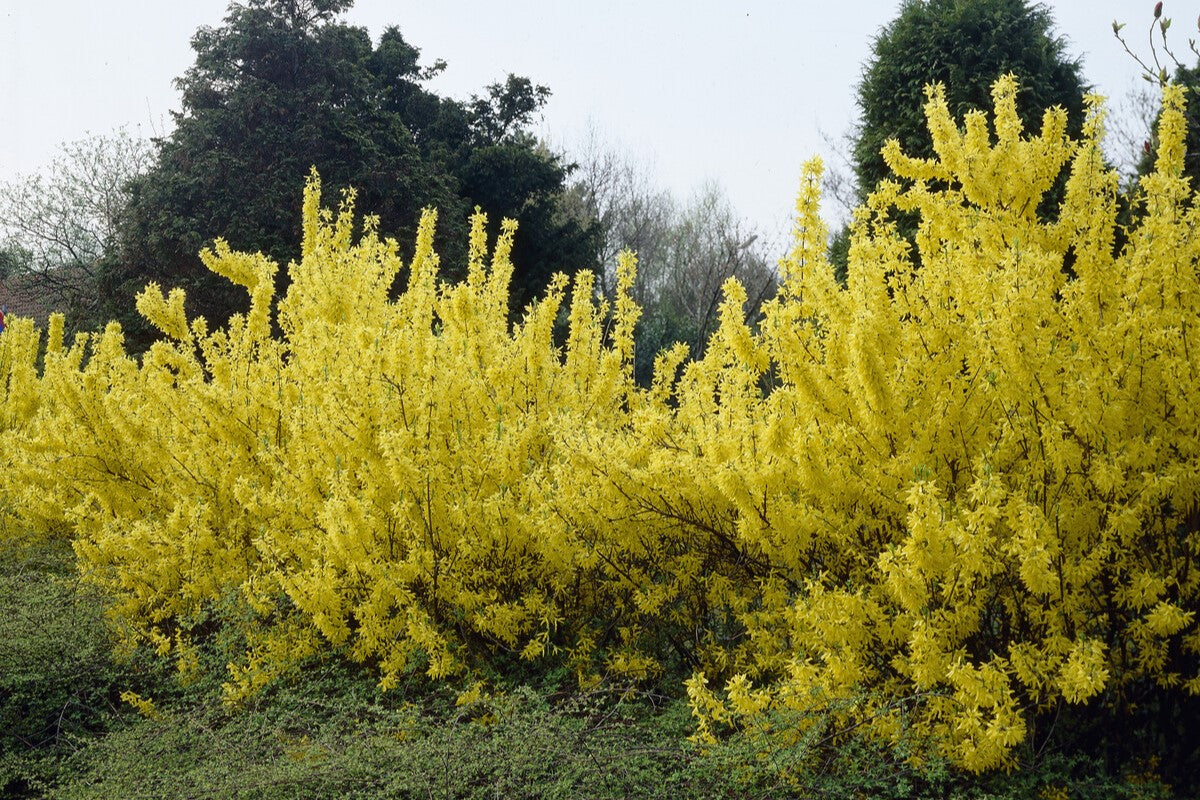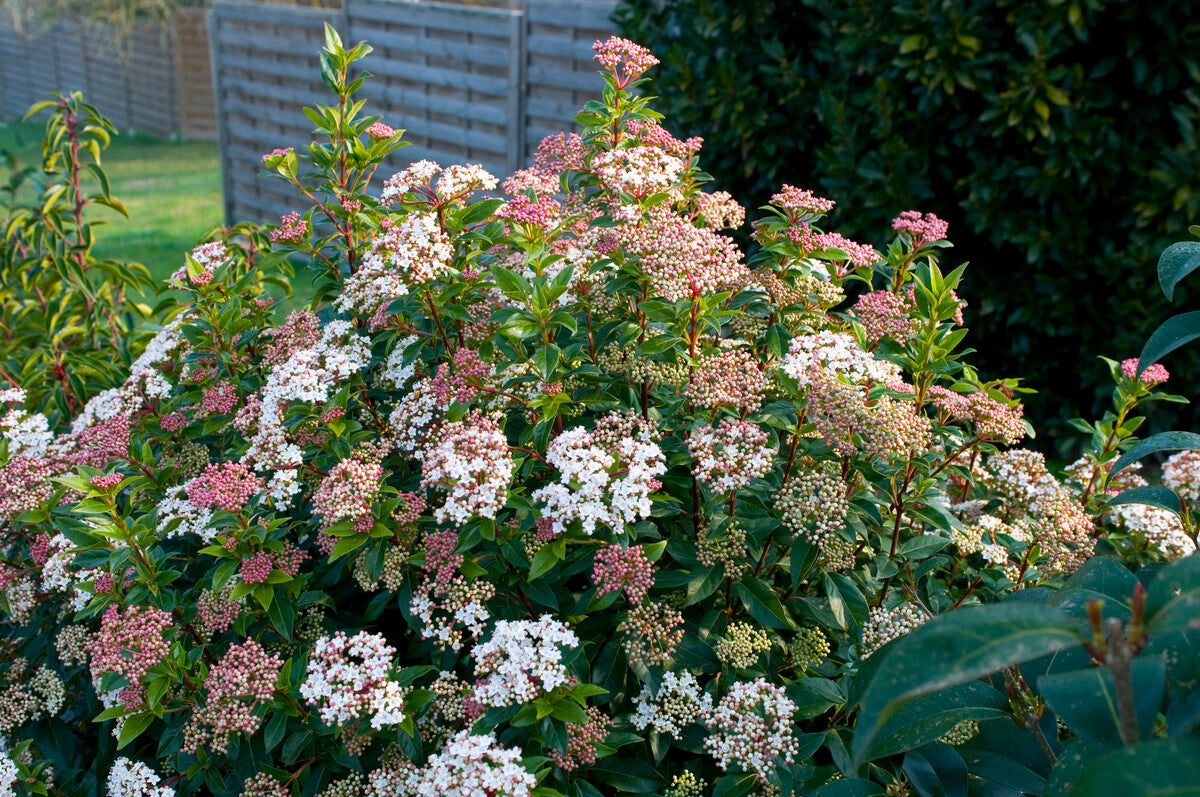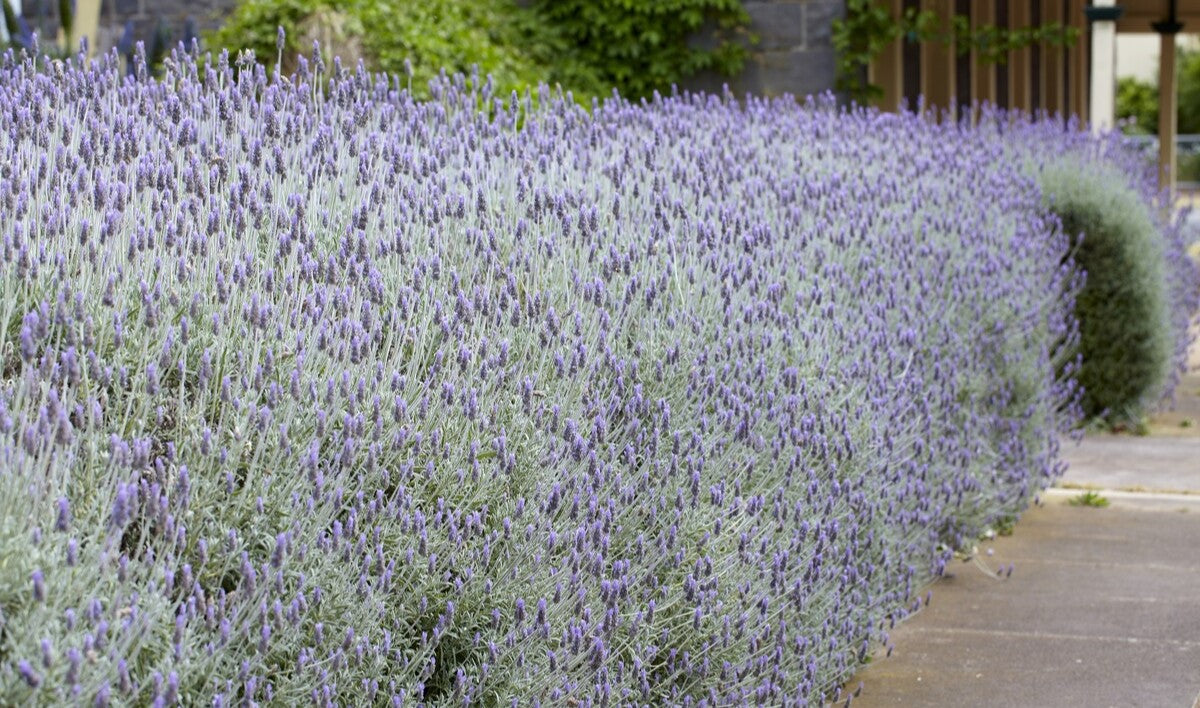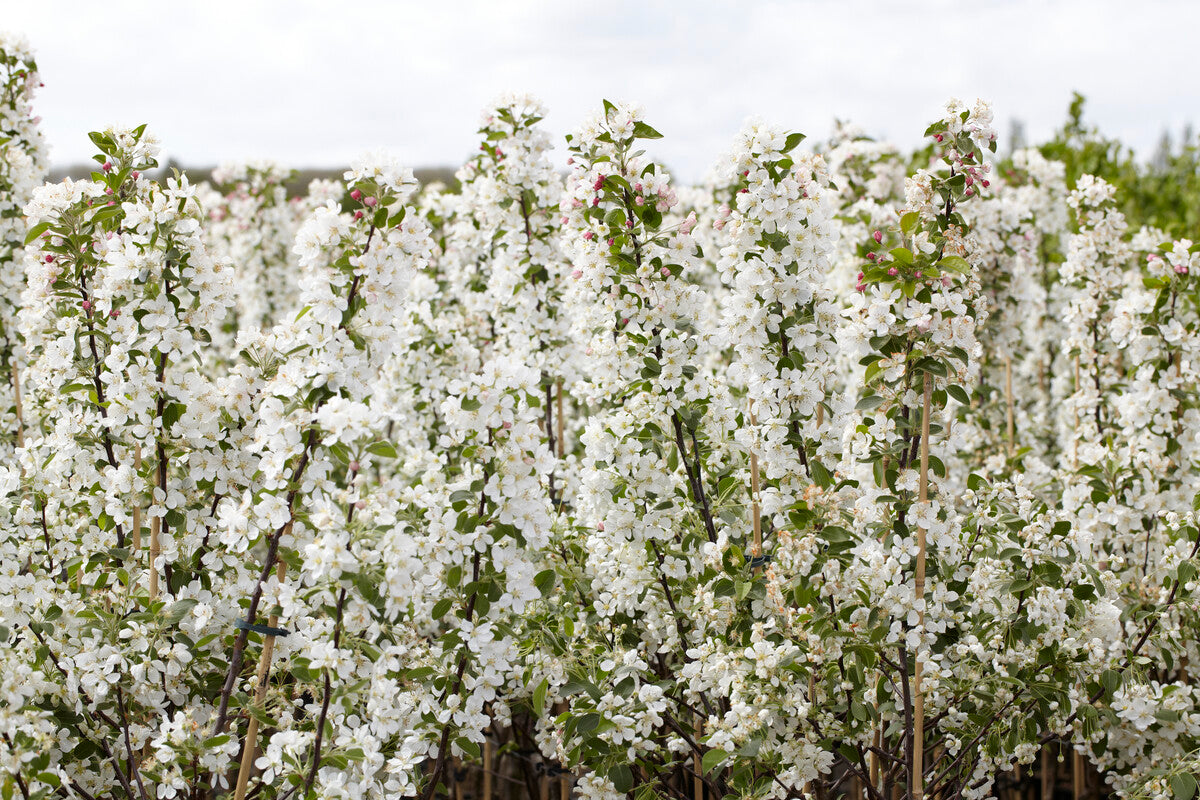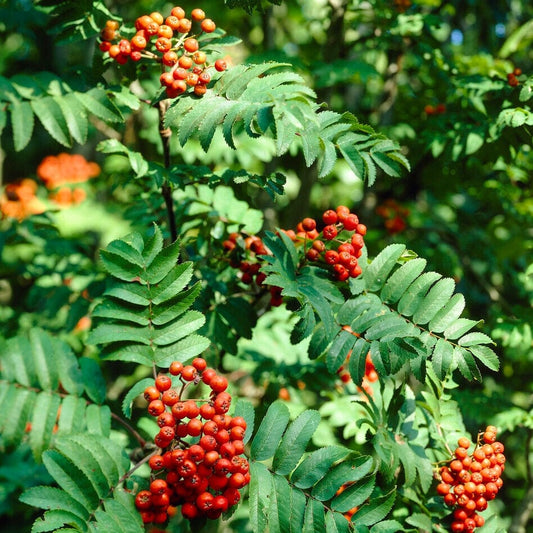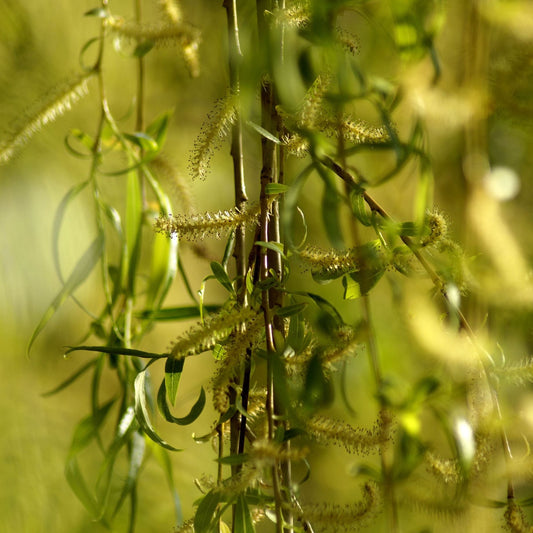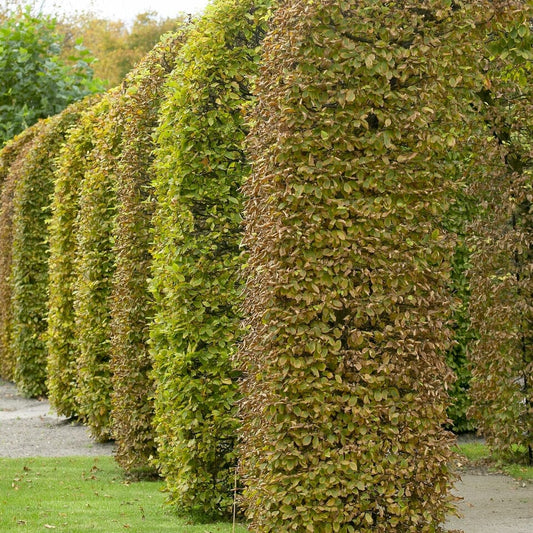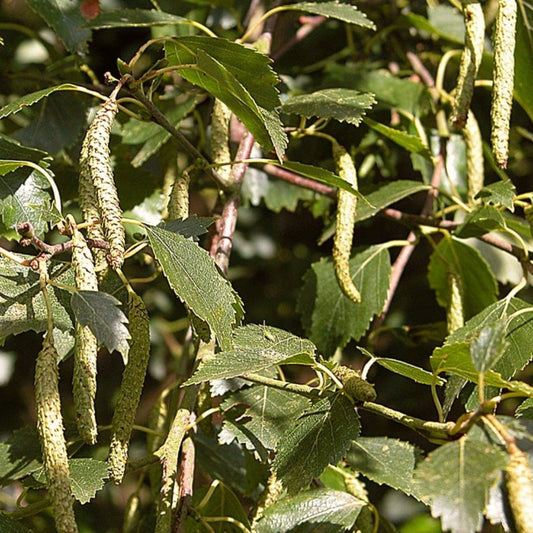Flowering Hedge Plants for UK Gardens: Our Top Picks
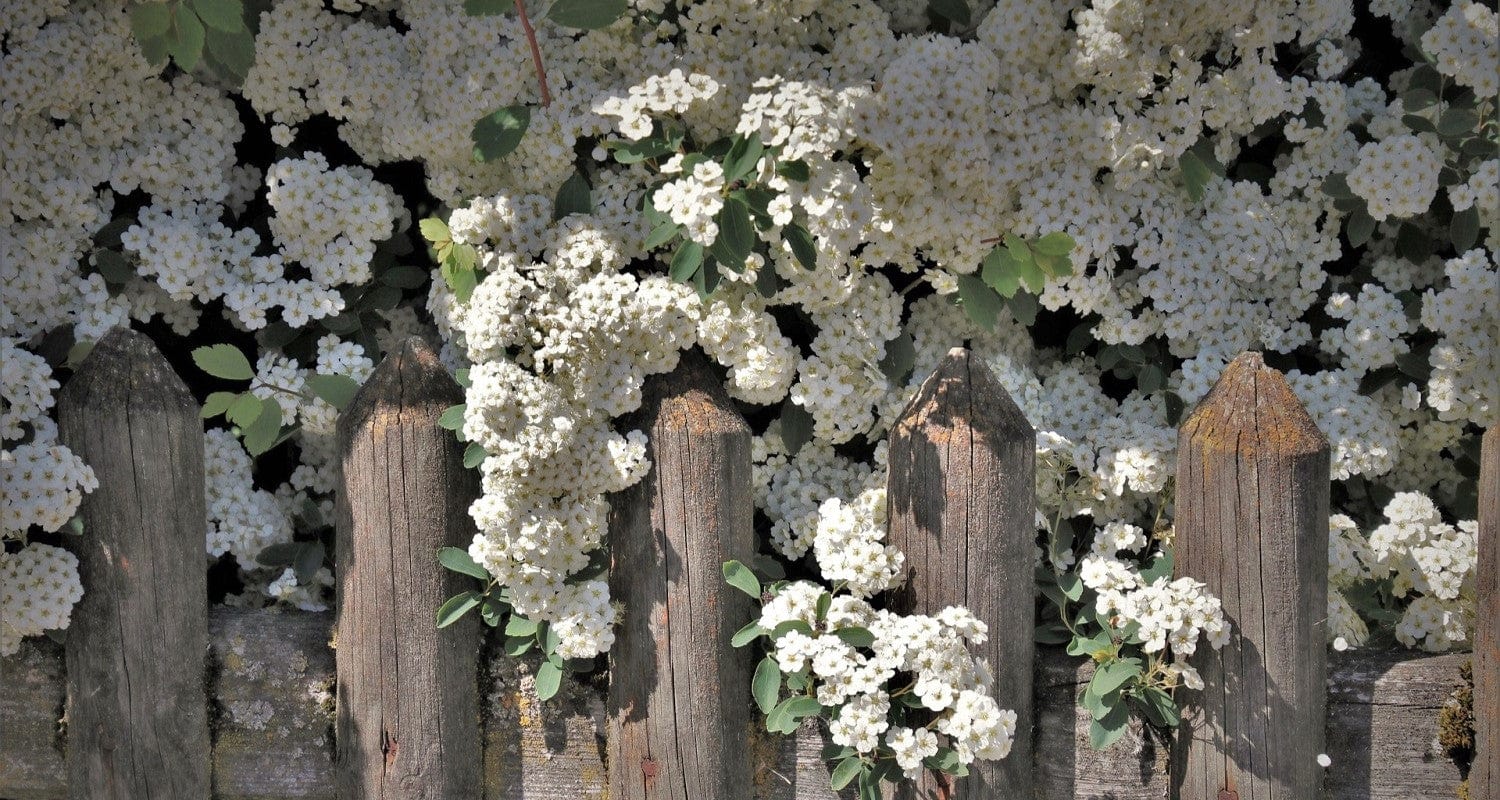
Hedges don’t have to be boring and functional - planting a flowering hedge is a great way of getting more colour and scent into your garden, especially if space is at a premium - and they’re also great for attracting the pollinating insects your garden needs to flourish. We’ve compiled a list of our favourite flowering hedge plants for every situation, including the best evergreens, fast growing varieties and more. Feel free to mix and match - a mixed hedge is great for wildlife and colour - or find your favourite and plant it everywhere!
Jump to:
- Best evergreen
- Best fast growing
- Best for privacy
- Best for wildlife
- Best for colour
- Best for winter flowering
- Best low growing
- Best for autumn colour
- How to get the most from your flowering hedge
Best evergreen flowering hedges
Escallonia Iveyi
Escallonia keeps its glossy dark green leaves all year long, making it an excellent choice for privacy and softening noise pollution. But Iveyi makes this list thanks to its long flowering season, with white bell-shaped fragrant flowers appearing right from June to October. As an added bonus, birds and insects love it.
Best fast-growing flowering hedge plants
Cherry Laurel
If you can’t wait for your hedge, Cherry Laurel fits the bill, with a growth rate of up to 60cm per year, up to an ultimate height of 6-9m (although it is perfectly happy to be maintained at a lower height). There are faster contenders, but none that offer the year-round interest of Cherry Laurel, which has 12cm long racemes of lacy white flowers in spring and Christmassy red berries in the winter. It’s tough, great for screening and even grows in shade.
Best flowering hedges for privacy
Privet
Garden Privet is a favourite hedge for keeping the neighours at arm’s length, due to its dense, oval shaped leaves and its awesome ability to be trimmed into all sorts of formal shapes and topiary. We’re more interested in the flowers though - masses of little white blooms that cover the plants in summer, attracting a host of butterflies and bees. Semi-evergreen Privet grows pretty quickly and is one of the few hedges that doesn’t mind wet ground. Combine it with Golden Privet for even more colour.
Best flowering hedge for wildlife
Hawthorn
Second only to the English Oak tree for value to wildlife, Hawthorn supports over 150 insect species and provides food and nesting space for birds including thrushes, blackbirds, blue tits and yellowhammers. In spring you’ll see your hedge covered in clouds of scented white blossom, which is followed in autumn by red fruits called haws which are loved by the birds. Its sharp thorns also make it an effective barrier hedge.
Most colourful hedges
Ribes Sanguineum/Forsythia
This may be cheating, but I’m going to recommend two hedges that I think have the best colour but are very different. Forsythia is an old favourite which explodes with bright yellow flowers in spring and also puts on a brilliant autumn display of vibrant reds. Ribes sanguineum (flowering currant) blooms at the same time but its flowers are magenta pink and hang in clusters which pretty much cover the plant and are followed by edible currants. Can’t decide either? You could always combine the two!
Best winter flowering hedge
Viburnum tinus
For flowers in winter, plant this gorgeous evergreen which makes a great informal hedge on its own or as part of a mixed hedge. Viburnum flowers emerge from pink buds in late winter, unfolding into fragrant white blooms that last right through until spring when they turn into attractive blue-black fruits for the birds to eat.
Best low growing flower hedge
Lavender
If you want a low growing flowering hedge to edge a path or border, Lavender ticks all the boxes. The lilac-blue flowers are long lasting and drought tolerant, blooming throughout the summer. It’s a great choice for allotments and vegetable gardens too, as the highly aromatic flowers not only attract bees, but repel pests like aphids and whitefly. The best varieties of lavender for hedging are Hidcote, Munstead and Old English.
Best autumn colour
Crabapple
A Crabapple - or Malus - hedge is a great all rounder which is good for wildlife and provides year long interest. Super hardy and compact, it even produces edible fruits that can be made into delicious jellies and jams (unless you leave them for the birds). The spring blossom gives even ornamental cherry trees a run for their money, but the autumn foliage is arguably the best part, with fiery yellow and orange tones. Combined with the brightly coloured crabapples, it’ll brighten up your garden right up until winter.
How to get the best from your flowering hedge
Follow these growers’ tips to get more flowers and healthier growth from your hedge.
1. Positioning
Generally speaking, you’ll need to plant your hedge in a sunny, sheltered spot for the best flowers, but a few notable exceptions are Berberis, Laurel and Mahonia, which tolerate full shade. Most hedges will cope well with any soil type, but it’s a good idea to make sure it’s well drained so your plants don’t get waterlogged.
2. Pruning
Flowering hedges don’t need as much pruning as something like a conifer - in fact if you prune too zealously or at the wrong time of year, you’re in danger of removing the flowering shoots and ending up with a pretty disappointing display the next year. The best time to prune is immediately after the flowers have finished, before the new shoots have time to form.
3. Feeding
Always mix in some general purpose compost or well rotted manure to the soil when you’re planting your hedge. To promote better flower growth, you can add some fertiliser to the soil at the start of spring - but it needs to be the right kind. A high nitrogen fertiliser is good for foliage but may hinder the development of flowers, whereas a fertiliser rich in phosphorus will give you the best possible blooms.
4. Watering
Newly planted hedges will need to be watered once a week unless it rains - a good way to do this is by leaving a slow-flowing hose on the ground for about ten minutes until the ground is thoroughly soaked. Once your hedge is established after a couple of years, you won’t need to water except in spells of hot, dry weather.
Last updated: 13/11/2023

